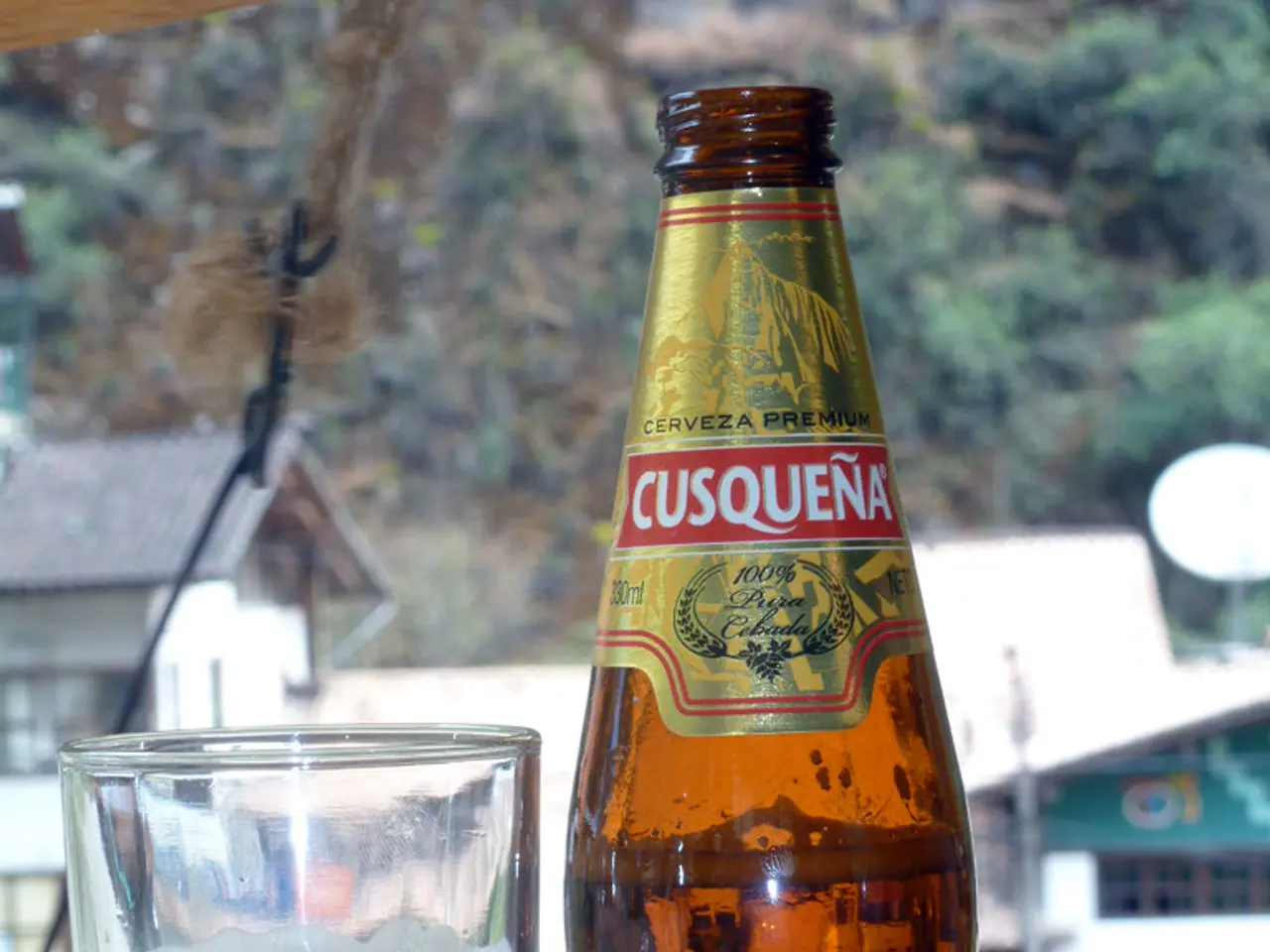Eco-Friendly Wine Farming and Production Methods
In the heart of vineyards across the globe, a transformation is underway. Wineries are adopting solar power, not just as a means to reduce their carbon footprint, but as a tool to enhance their viticulture practices and ensure a sustainable future for winemaking.
Battery storage systems are bridging gaps in power generation caused by weather conditions, ensuring uninterrupted operation during cloudy periods or nighttime. Solar power generation, often paired with reliable backup systems or grid connections, is becoming a staple in wineries, offering a path to sustainability without compromising quality or tradition.
One such pioneer is Domaine Carneros in Napa Valley, which produces nearly 80% of its energy needs through solar microgrids. This innovative approach has enabled the winery to cut 375 metric tons of CO₂ annually and save around $70,000 per year.
Château Olivery in southern France operates the country’s largest agrivoltaic vineyard system, producing up to 6 MW of electricity while increasing vine protection and reducing water scarcity effects. Agrivoltaics, a combination of agriculture and solar power generation, allows grape cultivation underneath while generating power above. Early studies show some grape varieties benefit from the partial shade provided by elevated panels, especially in warmer climates.
The benefits of solar power in wineries extend beyond energy cost savings and sustainability. Agricultural advantages through agrivoltaic systems create beneficial microclimates, reducing heat stress, lowering water evaporation, and protecting vines from hail, frost, wind, and drought. This can improve grape quality and water efficiency.
Partial shading from solar panels moderates temperature extremes and humidity, leading to more balanced ripening of grapes and enhanced aromatic profiles. Agrivoltaic designs that optimize panel height and spacing allow enough light for photosynthesis while enhancing water savings and reducing irrigation needs.
Combining agricultural yield with solar energy income can increase overall farm revenue. Research from Cornell University for Concord grape growers showed that vertical solar installations can mitigate financial losses by adding solar land rent income, improving economic viability despite rising costs.
Modern solar installations use AI and sensors to monitor soil moisture, temperature, and weather conditions, allowing precise management of both energy generation and vineyard health. Solar-powered sensors and monitoring systems enable detailed tracking of vineyard conditions for precision viticulture.
Solar-powered climate control systems help wineries maintain optimal conditions despite increasing temperature extremes. Advanced monitoring systems help wineries optimize their energy use by matching production schedules with peak solar generation periods. Artificial intelligence and machine learning algorithms continuously improve system efficiency, learning from operational patterns to optimize energy use.
Partnering with experienced solar providers like 8MSolar is vital for wineries considering solar adoption, as they bring expertise in custom solar solutions tailored to agricultural businesses. A comprehensive site evaluation ensures optimal system design for solar installations in wineries.
In summary, wineries adopting solar power gain a dual advantage of renewable energy generation and improved viticulture conditions, demonstrating increased energy independence, lower emissions, water conservation, crop protection, and economic sustainability. The future of winemaking lies in sustainable practices, and solar power leads this transformation by offering a path to sustainability without compromising quality or tradition.
Read also:
- Intense Attention Deficit Hyperactivity Disorder: Signs, Drugs, and Remedies
- Investigating Lead Levels in Trenton, New Jersey: A Local Study on Environmental Health
- Artificial Fuels Demystified: Could Man-Made Fuels Prolong the Lifespan of Internal Combustion Engines?
- Trump's Latest H-1B Visa Regulation Posed Issue for Indians; Wage-Based Policy Potentially Endangers Entry-Level Positions - Clarified







